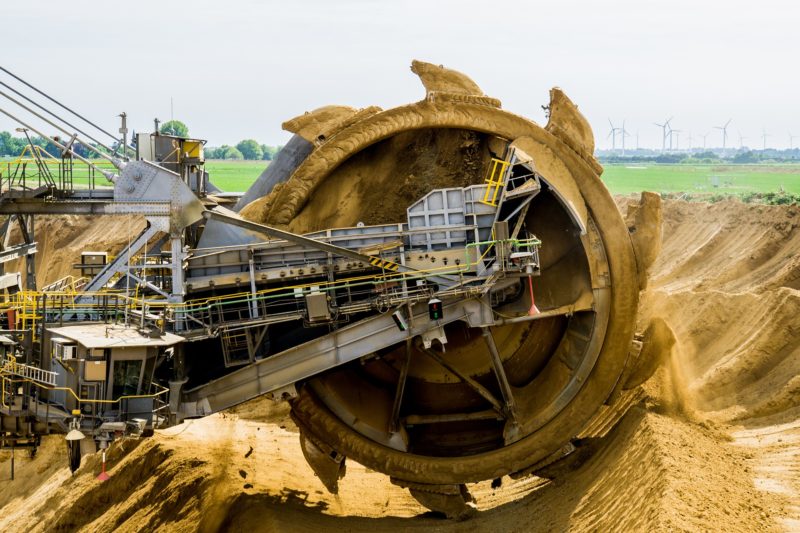Renewable energy installations across the globe have risen from less than 100 MW before 2011 to 1,800 MW per year in 2018.
Mining companies in Africa have not been far behind. Technological advancement, changes in climate policies, and the falling cost of renewable energies have made them a viable alternative in Africa.
Examples of renewable energy projects in recent years include:
- 2016: Shanta Gold – 609 kW solar power plant
- 2017: Nevsun Resources and Aggreko – 29.5 MW hybrid with 7.5 MW solar
- 2018: Resolute Mining and Ignite Energy Project – 40 MW hybrid
- 2018: Iamgold – 15 MW solar plant
What is driving the adoption of renewables in African mining?
Energy costs
Mining in Africa, as elsewhere, is very energy-intensive. On average energy costs represent between 30 and 40% of a mine’s total operating cost. These costs can go up further in the event of an energy deficit in the region of the mine resulting in the use of the much more expensive diesel generation.
Energy requirements will only go up further because of the decline in ore grades, higher mechanization, and the location of ore deposits at lower depths.
Contrast this with the declining cost of renewable energies in recent years. By one estimate, the cost of PV and wind energy technologies fell percent between 2017 and 2018.
As a result, renewable energy has become essential for the control of overall energy costs.
Volatility in the price of fossil fuels
Fossil fuel prices have fluctuated in a wide range in recent years, given political instability, economic cycles, and currency variations. African miners have tried to shield themselves from this scenario by increasingly resorting to the use of renewable energies.
Carbon tax
Besides, climate risk reduction policies impose penalties for high carbon footprints. Renewable energy is a viable solution in these circumstances.
Social responsibility
Mining companies can utilize their renewable energy plants to supply energy to surrounding villages. This supply of power is a cost-effective way of generating local goodwill and the fulfillment of social responsibilities.
Green mining
“Low carbon production,” such as by aluminum producer Norsk Hydro is popular with environmentally conscious consumers who are themselves eager to minimize their carbon footprint. The product achieves higher customer satisfaction and better price realization.
Read the original article HERE
Feature image source: Pixabay

